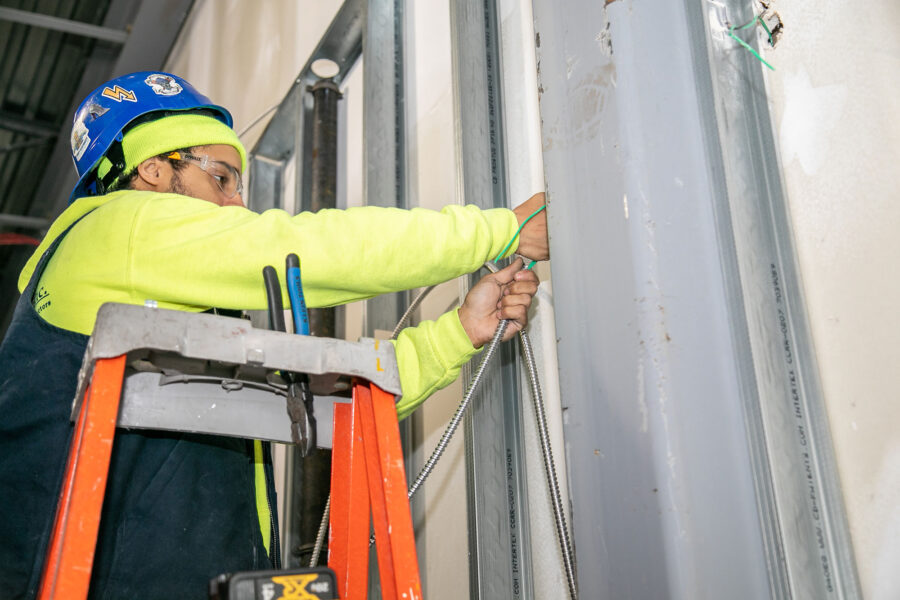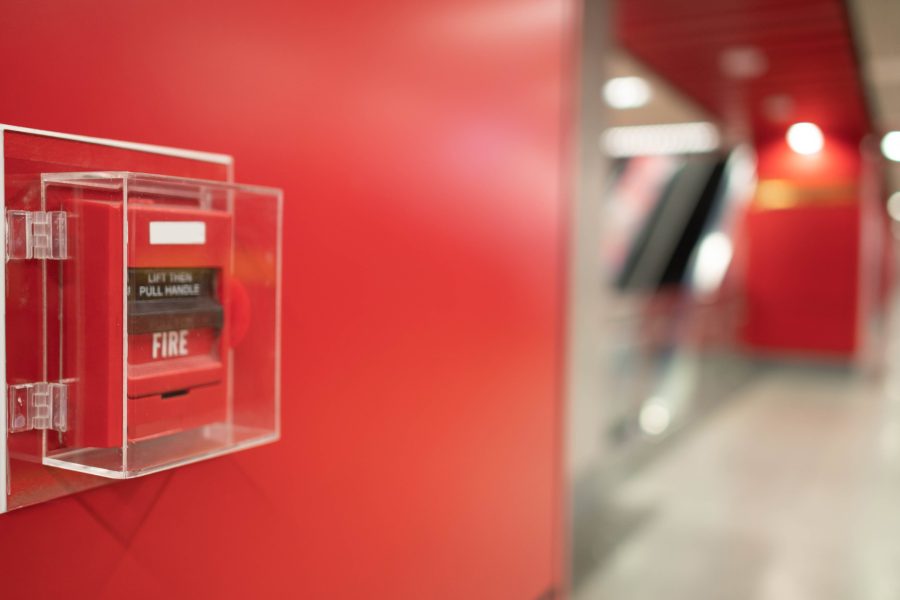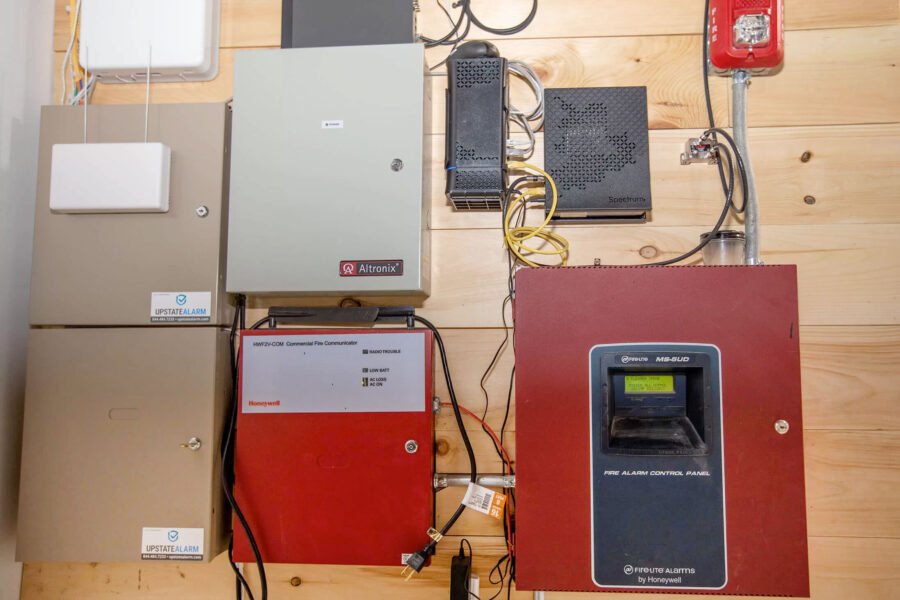Access Control Installation: The Ultimate Step-by-Step Guide
For any business seeking to bolster security and deter potential intruders, access control installation is a must. But where do you start? With so many variables associated with the installation of this technology, the process can be daunting without clear direction. We’ve compiled everything you need to know in one place to quickly get your business up and running with a secure access control system. In this ultimate step-by-step guide, we’ll break down what type of access control solution is right for your particular needs, how much it costs and all the nuances involved in project implementation. We’ll take you through everything from selecting an access control system to implementing best practices when it comes to security. Access control will help protect both your space and your vital financial records, so read on to learn more about how this technology works.

What Is Access Control?
Access control is a system used to restrict or permit access to resources, both physical and digital. It’s an essential component of security management for any organization, large or small. Implementing access control mechanisms ensures that only authorized personnel have access to classified information and restricted areas. These mechanisms can range from basic locks and keys to sophisticated biometric authentication systems. Effective access control involves a combination of policies, procedures, and technology that limit access privileges to only those who need them to perform their job duties. By doing so, organizations can ensure the confidentiality, integrity, and availability of their resources, protecting them from unauthorized access, theft, and cyber-attacks.
What Are the Benefits of Access Control for Your Business?
As a business owner, ensuring the safety and security of your employees and assets is of utmost importance. With access control, you can have peace of mind knowing that only authorized personnel are allowed entry into your facility.
Here are some of the benefits of controlling access:
- Increased security: With access control, you can easily manage the level of access each individual has to your facility or resources. This helps protect valuable assets and sensitive data from unauthorized personnel.
- Improved employee safety: By restricting entry to certain areas with access control, you can keep employees safe from potential intruders or other threats.
- Cost savings: By reducing the number of people who have access to a particular area, you can reduce costs associated with staffing and replacing lost or stolen keys.
- Enhanced efficiency: Access control systems allow you to easily track who has been in certain areas throughout your facility, allowing for increased accountability and improved oversight.
- Save time and resources: By controlling access to areas that require special security clearance, you can save time and resources by reducing the need for manual monitoring.
- Minimize internal threats: With access control, you can easily monitor who is entering and exiting certain areas of your facility. This helps reduce the risk associated with internal threats such as theft or sabotage.
- Customizable system: You can access control systems to fit specific needs of your business. This for greater flexibility and makes easy to make changes as.
- Improved customer service: By limiting access to areas that require special clearance, you can improve customer service by providing a more secure experience for customers and employees alike.
What Are the Different Types of Access Control Systems
There are several types of access control systems, including:
- Keycard access: These systems use a card reader to verify the identity of an individual and grant or deny access based on their credentials.
- Biometric access: This type of system uses fingerprint, voice, or retinal scanners to verify a person’s identity before granting them access.
- Proximity cards: This technology uses a card that is placed near a reader in order to grant access.
- Mobile access: This type of system uses a mobile device or smartphone to verify the identity of an individual before granting them access.
- Password-based access: This system requires users to enter a specific password in order to gain entry into a certain area.
- PIN code access: This type of system requires users to enter a PIN code in order to gain access.
- Smart lock access: This system uses smart locks that can be controlled remotely or via an app.
- Video surveillance: This type of system uses video cameras to monitor activity and identify suspicious behavior.
What to Consider Before Installing an Access Control System
When considering installing an access control system, there are several important factors to consider to ensure you choose the right system for your needs.
- Security needs: You need to consider the level of security you require and what type of access control system will best meet your needs.
- Budget: You should also consider your budget when selecting an access control system, as some systems can be expensive.
- Type of facility: You should consider the number of access points that will need to be secure, as well as the number of people who will require access.
- Integration: You should also consider the type of integration you require and if you need to integrate with other existing systems or databases.
- Additional features: Think about any additional features that may be required, such as surveillance cameras or alarm systems.
- Installation: You should consider the cost and time required for installation, as well as any ongoing maintenance or support that may be needed.
Step-By-Step Guide to Installing an Access Control System
After assessing your security needs and choosing the right access control system for your business or home, you can start the installation process.
- Step 1: Choose the access control system that is best suited to your needs.
- Step 2: Make sure you have all the equipment needed for installation, such as wiring and power supplies.
- Step 3: Set up the access control system at each entry point or area where access is needed.
- Step 4: Connect the access control system to the main control panel.
- Step 5: Test the access control system to ensure it is working properly and all connections are secure.
- Step 6: Set up user accounts for each individual who will need access to certain areas or facilities.
- Step 7: Train users on how to use the access control system and any additional features, such as surveillance cameras or alarms.
- Step 8: Ensure that all access control systems are regularly monitored and maintained.
- Step 9: Establish a backup plan in case of any malfunctions or security breaches.
- Step 10: Develop an emergency procedure in the event of an unauthorized access attempt or other security breach.
What Does It Cost to Install an Access Control System?
Installing an access control system is a wise investment for any business or organization seeking to enhance its security. While costs can vary based on the specific needs of each client, it is important to consider all expenses associated with the installation process. These may include hardware and software costs, installation fees, and ongoing maintenance expenses. It is always best to consult with a professional provider to determine the most suitable system for your security needs and budget. With the assurance of a safe and protected environment, the cost of installing an access control system is undoubtedly worth it.
Why Businesses Should Hire a Professional Access Control Installer
When it comes to access control systems, businesses should not cut corners. Enlisting the help of a professional access control installer is essential for various reasons:
- A professional installer has the expertise and knowledge to assess the specific needs of your business and recommend a system that fits those needs.
- Installers can provide ongoing support and maintenance to ensure the system is functioning correctly.
- Hiring a professional installer can save companies time and money in the long run. With their experience, they can streamline the process and avoid any costly mistakes.
- Professional installers will be able to provide valuable insight and advice on how to maximize the security of your system.
- A professionally installed access control system will offer greater security and protection for the business and its assets.
How to Find an Access Control Installers
It’s important to do your research and take your time when finding access control installers.
- Start by asking for recommendations from colleagues and friends in similar industries, or do a quick internet search to find companies in your area.
- Once you have a list of options, check their reviews and credentials to ensure they have experience and a history of quality installations.
- Don’t be afraid to ask for references and examples of their work before making a decision.
- Make sure the company you choose is properly licensed and insured.
Contact the Experienced Team at Douglas Electric
Finding a dependable and knowledgeable electrician can be a challenge, but with Douglas Electric, you can rest assured that your electrical needs will be met with the highest level of professionalism and expertise. Our experienced team of electricians have been providing top-quality services to our clients for years, and have earned a reputation for their dedication to ensuring each job is done right the first time around. From simple repairs to complex installations, our team can handle any job with ease, giving you peace of mind and a functioning electrical system. Contact Douglas Electric today to experience the best in electrical services.



